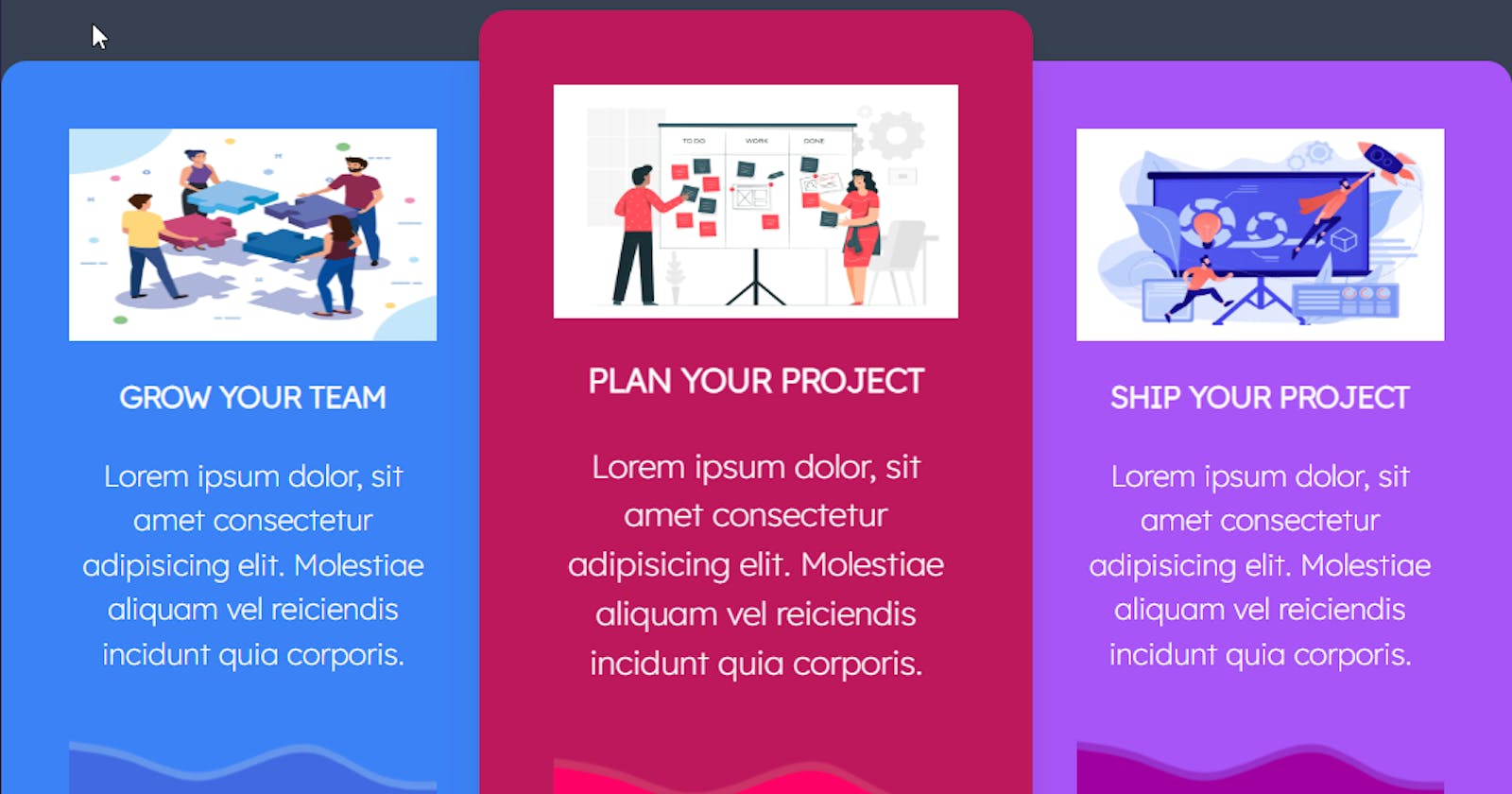Diving into the Palette: The Allure of Reds, Purples, and Pinks in Coding
In the vast canvas of coding, where lines of logic and algorithms converge, the choice of colors goes beyond aesthetics; it becomes a vital tool for shaping the user experience. Among the many hues, shades of red, purple, and pink emerge as unsung heroes, enhancing the interactive components of a project. In this article, we will explore the fascinating interplay of color psychology, the creative flow, and the undeniable allure that draws users back for more.
Color Psychology: Crafting Emotion Through Hues
Colors have a significant impact on human psychology, evoking emotions and influencing behavior. The trio of reds, purples, and pinks, each with its unique aura, adds depth to the interactive coding experience.
Red: The color of passion and energy, red commands attention. It injects a sense of urgency and excitement, making it ideal for interactive elements that demand notice and action.
Purple: Associated with creativity and luxury, purple stimulates the imagination. In coding, it can infuse a sense of innovation into interactive components, encouraging users to explore and engage.
Pink: A delicate shade, pink exudes playfulness and charm. Integrating pink into coding projects fosters a lighthearted atmosphere, making interactions feel enjoyable and less intimidating.
The Creative Flow: Navigating the Spectrum
Color plays a pivotal role in the creative process, influencing ideation and problem-solving. The harmonious blend of reds, purples, and pinks fosters a conducive environment for coding creativity.
Red as a Catalyst: Incorporating red strategically acts as a catalyst for decision-making. When faced with coding choices, the presence of red prompts quick and decisive actions, propelling the creative process forward.
Purple’s Creative Spark: Purple, with its association with creativity, sparks innovative thinking. Using shades of purple in coding not only enhances the aesthetic appeal but also stimulates fresh ideas and inventive solutions.
Pink’s Playful Influence: The introduction of pink introduces a playful element into the coding space. This lighthearted ambiance encourages experimentation, making the coding journey more enjoyable and less daunting.
User Interaction: Where Aesthetics Meet Engagement
Beyond the lines of code, the visual appeal of a project significantly influences user interaction. The trio of reds, purples, and pinks creates a visually enticing environment, drawing users in and encouraging them to explore.
Visual Allure: A project adorned in shades of red, purple, and pink is inherently eye-catching. The visual allure captivates users, inviting them to interact with the elements that beckon in vibrant hues.
Revisiting for Fun: The joy of interaction is heightened when the visual experience is delightful. Users are more likely to revisit a project if the act of engagement is not just functional but also fun, and the color palette plays a pivotal role in achieving this.
Conclusion: Crafting an Interactive Symphony of Color
In the realm of coding, where logic meets creativity, the choice of colors is a nuanced art. The strategic infusion of reds, purples, and pinks creates a symphony of interaction, where every click and hover resonates with emotion and purpose. As coders, let's embrace the palette, not just for its visual appeal but for its ability to shape experiences, inspire creativity, and make coding a delightful journey. After all, a touch of red, a splash of purple, and a hint of pink can transform lines of code into an interactive masterpiece. Happy coding in full color! 🎨💻✨
